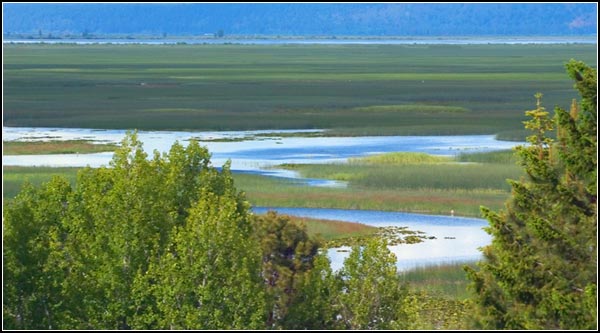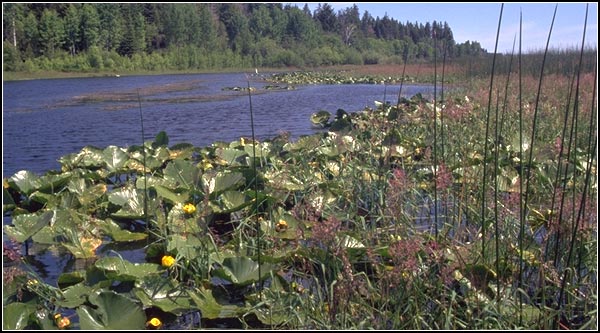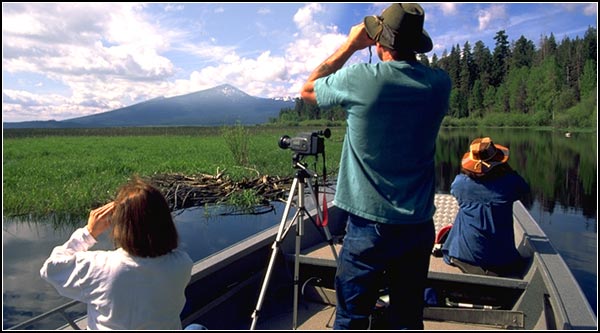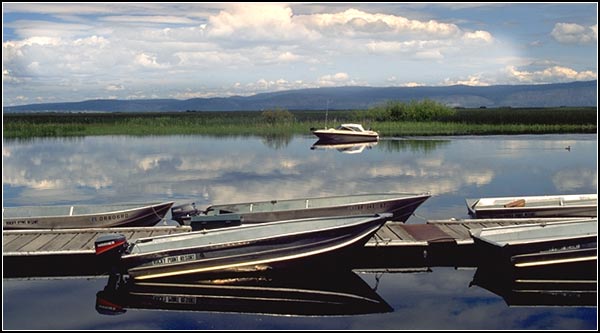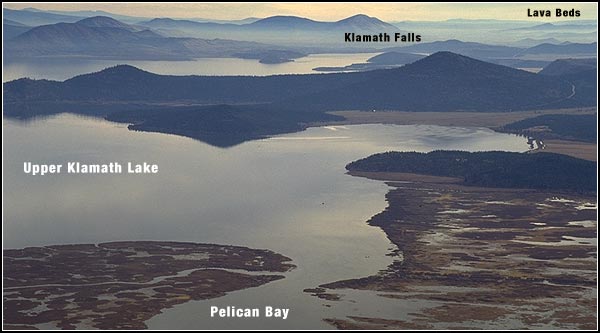
Hollyhock stem, agave,
Back in the 70’s my sister in law and I opened an Arts and Crafts Gallery
in Paoli, Pa. 30 miles outside Philadelphia. We hunted down art where
we could find it and proceeded to convince artists to consign their work
to us at our gallery, The Back Door. What an education that was for me.
Gene already had a college art degree, I knew nothing about art. During
that five year period I ran across Judy Ingram, an artist who made paper
and collaged it. I was so entranced that I said to myself I would one
day make paper.

Cotton, dye, bamboo, straw
Thirty five years later I got around to it after raising three kids,
getting a divorce, another degree, working as a teacher and reading
specialist, and moving to Mexico with a new partner. San Miguel
de’Allende’s Belles Artes was having a course in paper making and I was
there for a visit. It was all in Spanish and I was not able to speak a
word of it. But it turned out that making paper was like cooking and I
had had 20 years of cooking experience raising kids and did not need for
that process to be spelled out. (Prende la agua) I understood, the
problem was that there was very little water. I couldn’t wait to get
back to my house where I only had to fill buckets with water for just
one person. Myself.
Papermaking depends on washing plant material. At least when using the
primitive Japanese papermaking method called Washi. One day I timidly
asked the professor if I could try out an idea and was bowled over by
his response. “Puedes hacer lo que quieras” (You can do anything you
want”). Basically Washi consists of gathering plant material, boiling
it until the fibers are soft, washing it until only the fiber remains,
then mixing them in a blender, straining out all the water and drying
what is left which in my case was to flip the paper off the screen onto
a sunny surface outside. I liked the look of the result. My paper was
not to be used to write on as it was wavy and roughly textured. That is
what I liked.
I went on to cook and strain and blend and dry many of the plants in my
yard. Agave, bamboo, hollyhock stems, lettuce, carrots, straw were my
favorites. When I had a studio full of scraps of paper, mostly
circles (as I like them), I was primed to play with them and
experiment to see how they could be captured in an arrangement that
was surprising, and preserve them in a frame. I had to figure out
that part on my own as there was no instruction available. I could
have gone to Japan but did not think of that.
So my work is about all the things I love: curves, freedom, natural
fibers, unevenness, surprise, spontaneity. That is what you see when
you look at my work. You don’t see an idea or a plan, You see
something that just happened when beautiful things came together.
Well sometimes I don’t pull it off but my favorites are all surprises.
©2018 Joan Gould Winderman





